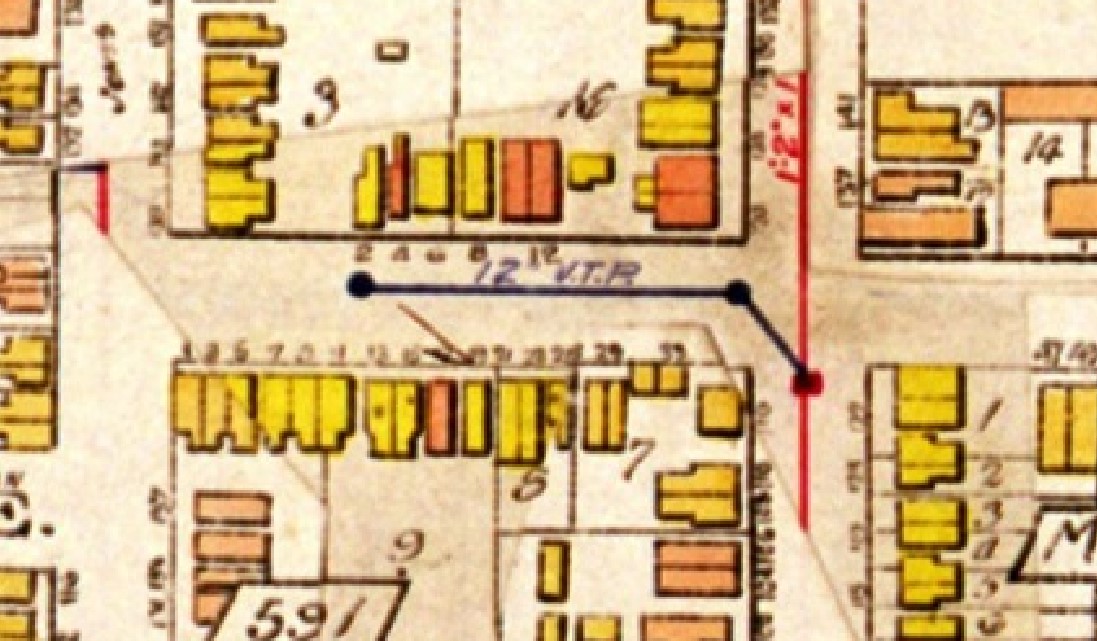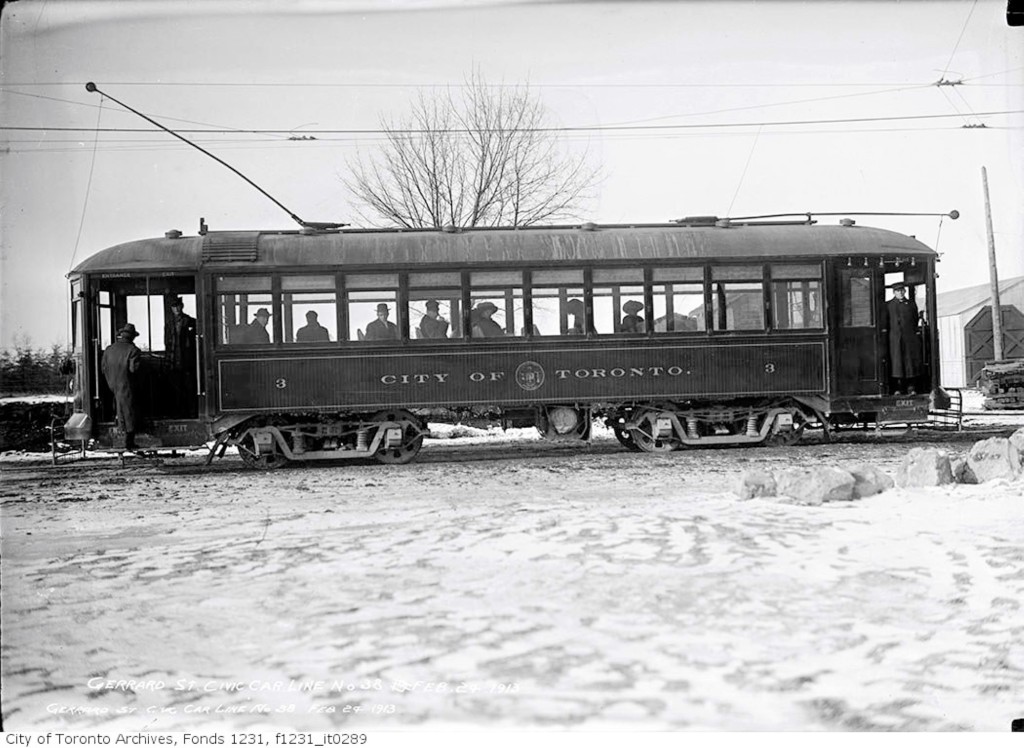

























Part One: the Doels of Doel Avenue






Part Two: The Lost Doel Avenue

























Morley Avenue and Gerrard Street fill operations, April 28, 1912

Looking east across Woodfield Road (then called Morley Avenue) towards Coxwell. Ashbridges Creek is in the deep ravine. A culvert has been installed under Gerrard Street to carry the creek south.

Workers will install a cement artificial creek about 18-30 metres below the surface. They will then fill in the ravine with sand.

A miniature steam locomotive (a dinky), and miniature rail cars (dinky cars) will carry sand dug out from the underpass on Coxwell Avenue along a temporary narrow gauge set of tracks to Woodfield Road.



The culvert crosses Gerrard where the Lahore Tikka restaurant is today.

The photo from just before the Pandemic was shot looking west along Gerrard Street across the landfill and over the buried Ashbridge’s Creek.

Ashbridge’s Creek is now two creeks: the creek in the concrete sewer pipes and a groundwater creek flowing through the soil and sediment outside of the concrete sewer culverts.



The creek began in springs near Michael Garron Hospital.

It flows across Danforth Avenue, across the tracks at Rhodes Avenue and diagonally under the Roden school yard.

It crosses Woodfield Road, half way between Fairford and Gerrard.

From there it continues on a diagonal to cross just west of Highfield. It flows south, under the Duke of Connaught school yard, and crosses Queen Street where the Russell streetcar barns are. From there the hidden groundwater creek makes its way south to the lake.















Charles Maddock obituary, Toronto Star, April 27, 1927











Leslie Creek started on the hill north of Blake Street, crossed the track, and ran down west of Leslie Street to cross Jones Avenue where this unfortunate woman’s house was. The creek was slow, muddy and a breeding ground for mosquitos which is why Lesliegrove Park was called “Mosquito Park.”

1899 Map showing Leslieville’s Lost Creeks